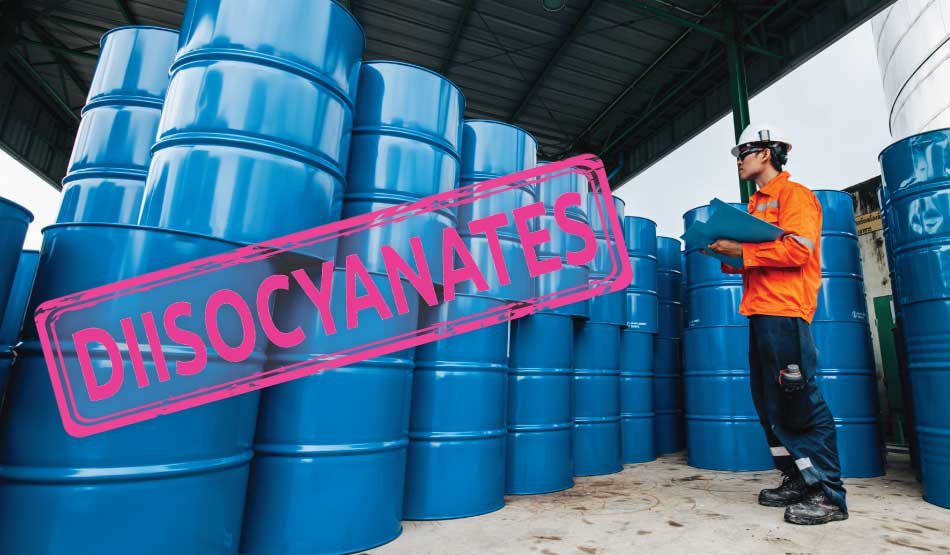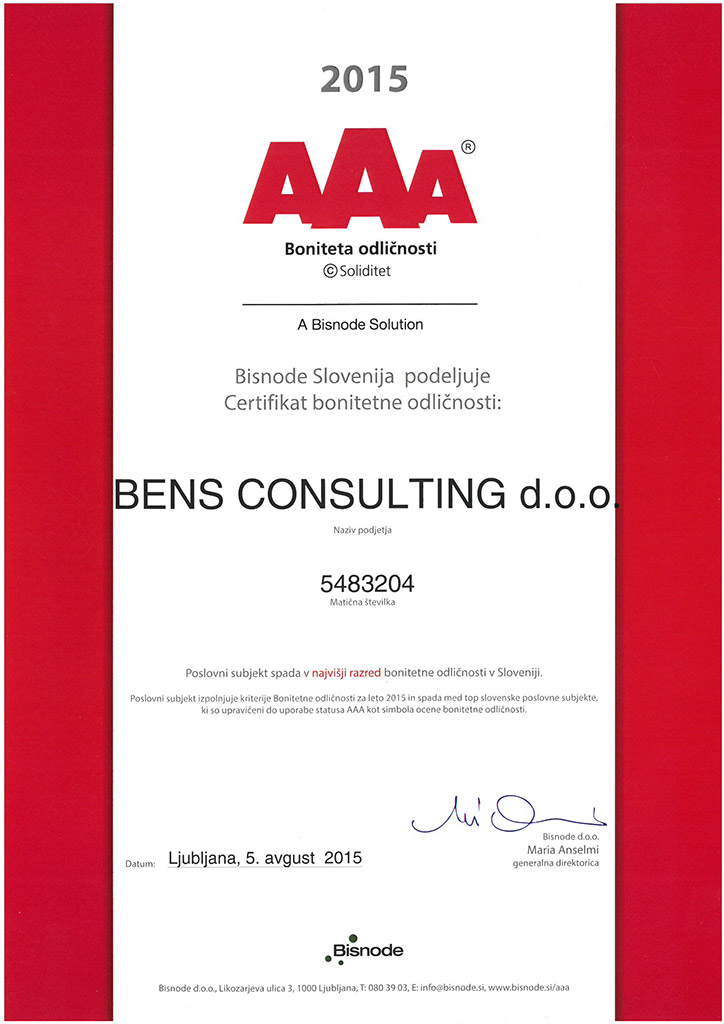
In an industrial environment, we encounter a variety of chemicals every day that are essential for manufacturing processes. One of the important groups of chemicals that industrial and professional users deal with is diisocyanates. Diisocyanates are chemical compounds that include two isocyanate groups (N=C=O).
These compounds are known for their reactivity and are widely used in the production of polyurethane materials, such as coatings, adhesives, sealants, foams, and fibers. Due to their efficiency and adaptability, they have become a key component in numerous industrial processes.
As of August 24, 2023, Restriction No. 74 of the REACH Regulation (Commission Regulation (EU) 2020/1149) has come into full effect. This introduced a measure for industrial and professional users working with diisocyanates. Safe work with diisocyanates now requires appropriate training. This training aims to provide a safe working environment and reduce the risks associated with the use of these chemicals.
Here are the key elements of this training:
-
Restrictions and labeling: Working with diisocyanates requires special attention. According to the regulation, the use of diisocyanates in a mixture is limited if the concentration of diisocyanates is greater than or equal to 0.1% w/w. If the concentration is less than 0.1%, the restriction does not apply. It's important for industrial and professional users to carefully check the labels and safety data sheets of all products they work with to ensure compliance with the restrictions.
-
Supplier training: Suppliers of products containing diisocyanates are obligated to provide appropriate training information. Platforms like https://www.safeusediisocyanates.eu are used to organize training. However, it's important to understand that this platform may not be a sufficient source of training information.
-
Expert training: Training should be conducted by a safety and health expert with relevant knowledge in working with these chemicals. It's recommended that this role be undertaken by a safety engineer from the company who understands the work processes well. This expert should prepare comprehensive training that includes written and practical knowledge assessments.
-
Training records: It's important to meticulously document the entire training process. This includes a list of industrial and professional users who have been trained, training details, knowledge assessments, and the protective equipment used. This documentation is crucial for chemical or labor inspectors during inspections.
Training for safe work with diisocyanates is essential to ensure the safety of industrial and professional users and reduce the risks associated with exposure to these hazardous chemicals. Proper knowledge, appropriate protective equipment, and compliance with guidelines are fundamental steps toward ensuring safety and productivity when working with diisocyanates.
We understand that adapting to new restrictions can be time-consuming and challenging. Send a brief email to spela.hudobivnik@bens-consulting.eu, and we will provide you with expert assistance. This will save you a lot of time, energy, and inconvenience during inspections.
Author of original photo noomcpk from Freepik






 Back to posts
Back to posts

